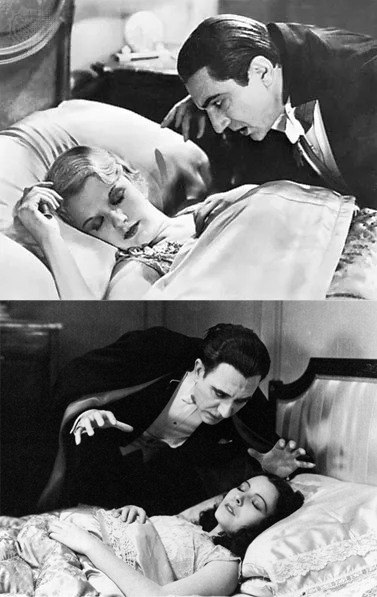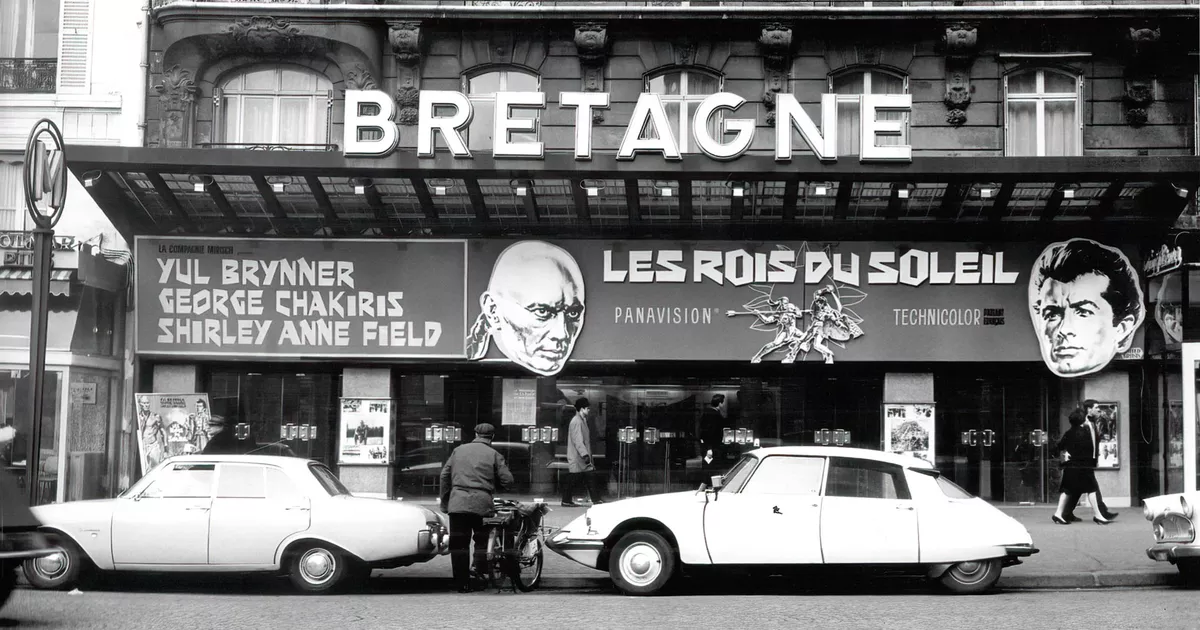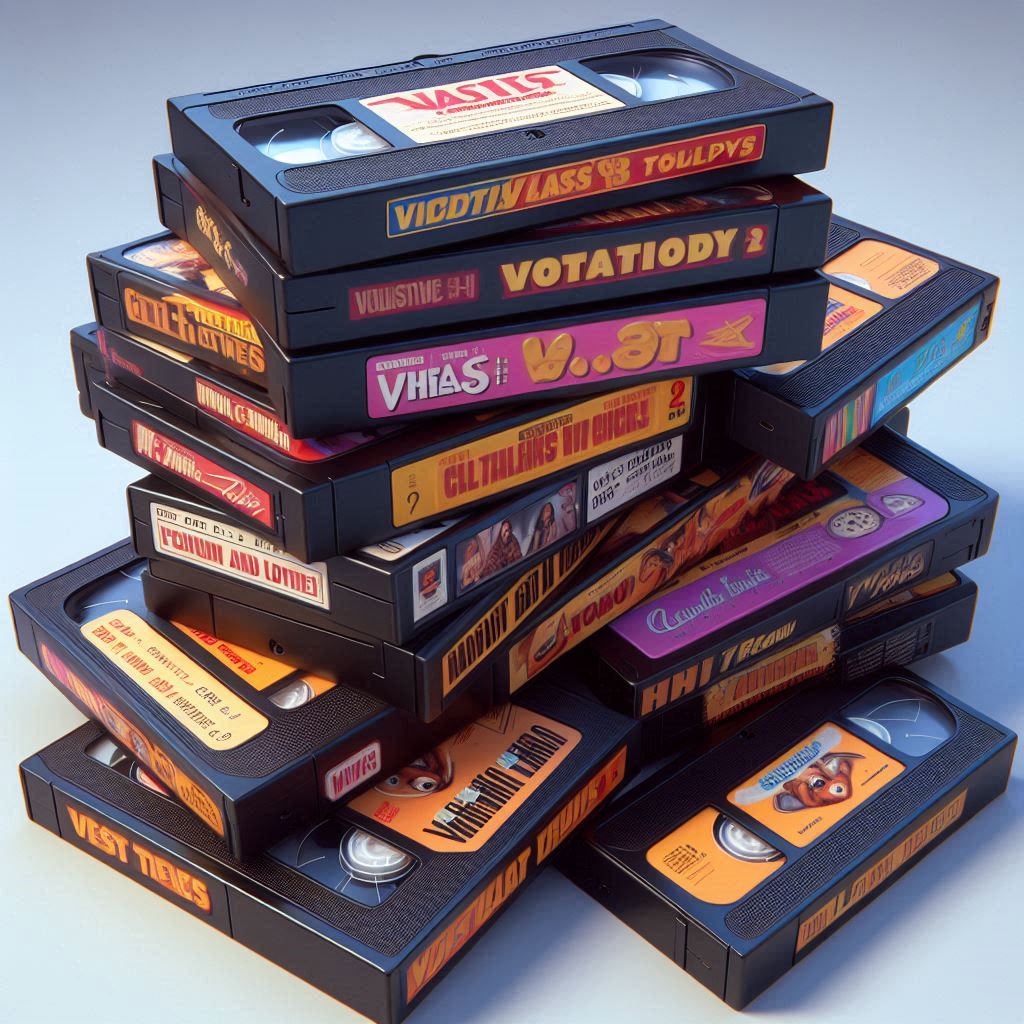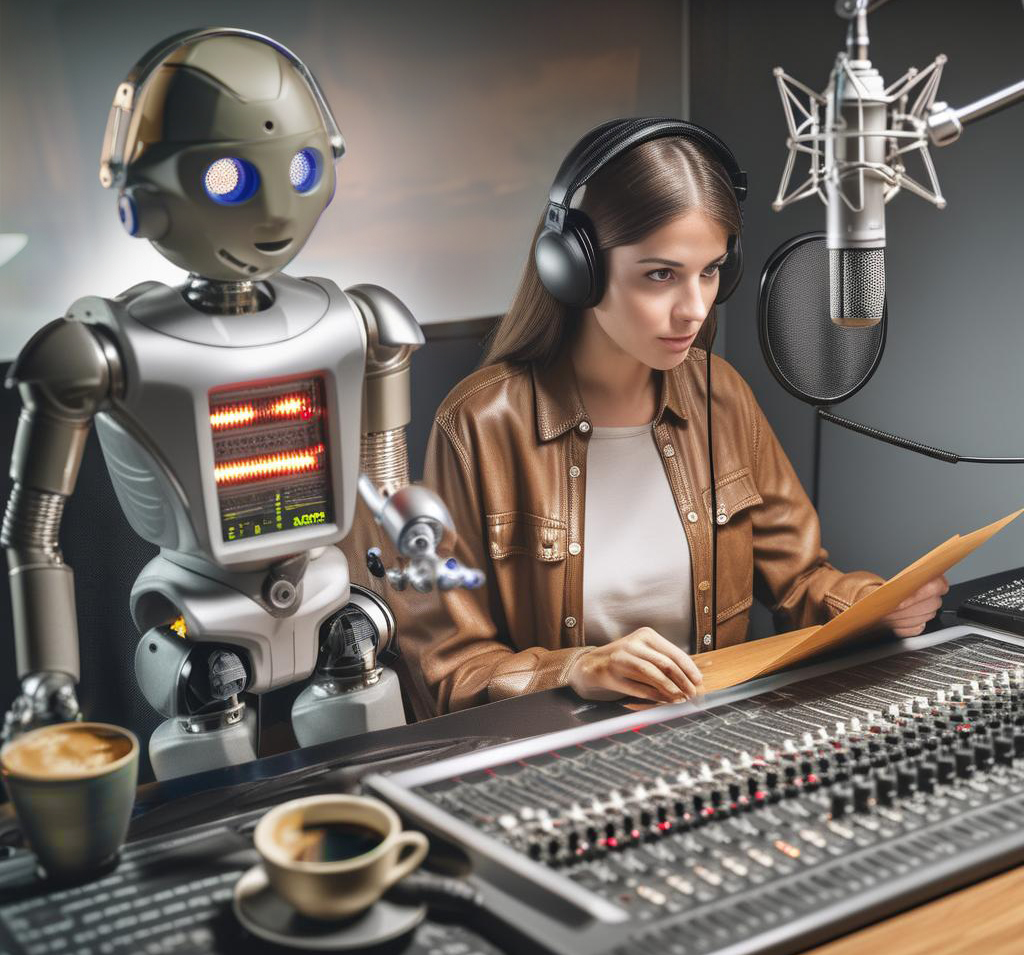Film dubbing has long been a vital part of the global film industry, allowing audiences from different linguistic backgrounds to enjoy movies in their native languages. The history of dubbing is rich and varied, evolving from the early days of talking cinema to the cutting-edge AI technology being used today. Let's take a journey through time to explore how film dubbing has transformed over the decades.
The 1930s: The Birth of Dubbing
 In the early days of cinema, particularly in the 1930s, Hollywood was already an international powerhouse. With the advent of sound in movies, studios faced the challenge of making their films accessible to foreign audiences, most of which didn't speak English. Initially, instead of dubbing, studios would shoot multiple versions of the same film in different languages. These "multilingual versions" were often filmed simultaneously with different casts or with the same actors delivering lines in various languages. For example, the 1931 classic Dracula had an English version starring Bela Lugosi and a Spanish version shot at night with a different actor. That same year in France, Marcel Pagnol agreed that in parallel of his film production of Marius, a German version and a Swedish version would be made with different actors.
In the early days of cinema, particularly in the 1930s, Hollywood was already an international powerhouse. With the advent of sound in movies, studios faced the challenge of making their films accessible to foreign audiences, most of which didn't speak English. Initially, instead of dubbing, studios would shoot multiple versions of the same film in different languages. These "multilingual versions" were often filmed simultaneously with different casts or with the same actors delivering lines in various languages. For example, the 1931 classic Dracula had an English version starring Bela Lugosi and a Spanish version shot at night with a different actor. That same year in France, Marcel Pagnol agreed that in parallel of his film production of Marius, a German version and a Swedish version would be made with different actors.
However, this method was costly and time-consuming: a movie had to go through production, edit and post-production several times, there would be two or three times more actors to hire and pay, etc. It wasn't long before dubbing emerged as a more efficient solution. By the late 1930s, dubbing became the standard practice for translating films, allowing one version of a movie to be adapted into multiple languages without the need to reshoot scenes.
The Golden Age of Dubbing: 1940s to 1970s
After the war, dubbing techniques improved and the process became more sophisticated. By the 1940s, studios had developed better synchronization techniques, ensuring that dubbed voices matched the lip movements of actors more closely. During this time, countries like Italy, France, Spain and Germany became known for their high-quality dubbing practices, with dedicated voice actors who became associated with Hollywood movie stars and each character they played. Dubbing a movie became an  integral part of post-production in order to distribute it to foreign countries.
integral part of post-production in order to distribute it to foreign countries.
The post-war era saw the rise of Hollywood as the dominant global film producer, and dubbing played a crucial role in expanding the reach of American films. In many countries, particularly in France, Spain and Germany, audiences became accustomed to watching dubbed versions of films and series rather than one with subtitles, which helped to solidify dubbing as an essential aspect of international film and television distribution.
Subtitling a movie in addition to creating a dub allowed to reach an arthouse-type audience, which preferred to hear the actors speaking with their original voices.
The 1980s to 2000s: Advancements in Technology
The 1980s and 1990s brought significant advancements in technology that further enhanced the  dubbing process. The introduction of digital editing tools allowed for more precise synchronization of audio and video, resulting in higher-quality dubbing. Voice actors could now record their lines with greater accuracy, and sound engineers could manipulate audio tracks more effectively.
dubbing process. The introduction of digital editing tools allowed for more precise synchronization of audio and video, resulting in higher-quality dubbing. Voice actors could now record their lines with greater accuracy, and sound engineers could manipulate audio tracks more effectively.
During this period, the global demand for dubbed content continued to grow, driven by the popularity of Hollywood blockbusters, the development of popular series on television, and the expansion of international markets. Dubbing became a major industry, with specialized studios and voice actors at work all year long. Animated films, in particular, lend themselves to dubbing, as they can easily be adapted to different languages without the constraints of live-action lip synchronization. Moreover, a younger audience usually prefers watching a dub because they cannot read subtitles.
With the rise of VHS in the 1980s, some movies started to be released directly on video, and they would usually feature the local language dub. When DVD took over in the late 1990s, the audience could have a choice between the original track, the italian track, the english track, etc. Subtitles also became available on the video disc, which allowed the user to pick the language they preferred for the voices, and still read the translation of the dialogue.
The 2010s: The Globalization of Entertainment
The 2010s marked a significant shift in the global entertainment landscape. When the video market  gave way to the rise of streaming platforms like Netflix, Amazon Prime, and Disney+, audiences gained access to a vast library of international content. This surge in global viewership created a greater demand for high-quality dubbing, as viewers sought to enjoy films and television series in their native languages.
gave way to the rise of streaming platforms like Netflix, Amazon Prime, and Disney+, audiences gained access to a vast library of international content. This surge in global viewership created a greater demand for high-quality dubbing, as viewers sought to enjoy films and television series in their native languages.
Dubbing studios began to incorporate new technologies into their work, such as voice modulation software and digital sound processing, to improve the dubbing experience. Moreover, the industry saw a trend toward localization, where dubbing not only translated dialogue but also adapted cultural references and idioms to better resonate with local audiences. For example, an italian dub of an american movie would reference local content when adapting jokes in the original US dialogue.
2024 and Beyond: The Rise of AI-Powered Dubbing
As we enter 2024, the film dubbing industry is undergoing another revolution—this time driven by artificial intelligence. AI-powered dubbing is transforming the way films are dubbed, offering unprecedented levels of accuracy, speed, and cost-effectiveness. Also, arthouse audiences that favoured subtitles over dubs can now consider the fact that the actors can keep their voices and tone while speaking a foreign language.
AI-driven dubbing systems use advanced machine learning algorithms to analyze the original audio, including the tone, pitch, and emotional nuances of the actors' performances. This data is then used to  list the original dialogue, provide the translation, and generate dubbed versions in multiple foreign languages, with voice synthesis technology capable of creating voices that closely mimic the original actors. AI can even adjust the timing of the dubbed audio to match the lip movements of the actors more precisely than ever before.
list the original dialogue, provide the translation, and generate dubbed versions in multiple foreign languages, with voice synthesis technology capable of creating voices that closely mimic the original actors. AI can even adjust the timing of the dubbed audio to match the lip movements of the actors more precisely than ever before.
While some purists argue that AI dubbing lacks the human touch of traditional voice acting, the technology is rapidly improving, offering a viable solution for the ever-growing demand for localized content. Moreover, AI dubbing services can open up new possibilities for smaller markets and indie filmmakers, who might not have the resources to produce a traditional dub track with voice actors recorded in a studio.
The key to providing high-quality AI dubs is to have a decisive human input in the process, checking the translation first, and then controlling the generated voices the way an art director would. As a media, sound is lighter to handle than video and AI can achieve more realistic results than with the creation of imagery, which often ends up in the realm of "uncanny valley".
From the early days of multilingual versions to the cutting-edge AI dubbing of today, the history of film and series dubbing is a testament to the industry's adaptability and innovation. As technology continues to evolve, dubbing and subtitling will remain crucial tools for bringing stories to a global audience, bridging the language barrier and cultural divides in the process. Whether through the voices of skilled voice actors or the precision of AI, dubbing will continue to play a vital role in the global film industry for years to come.
